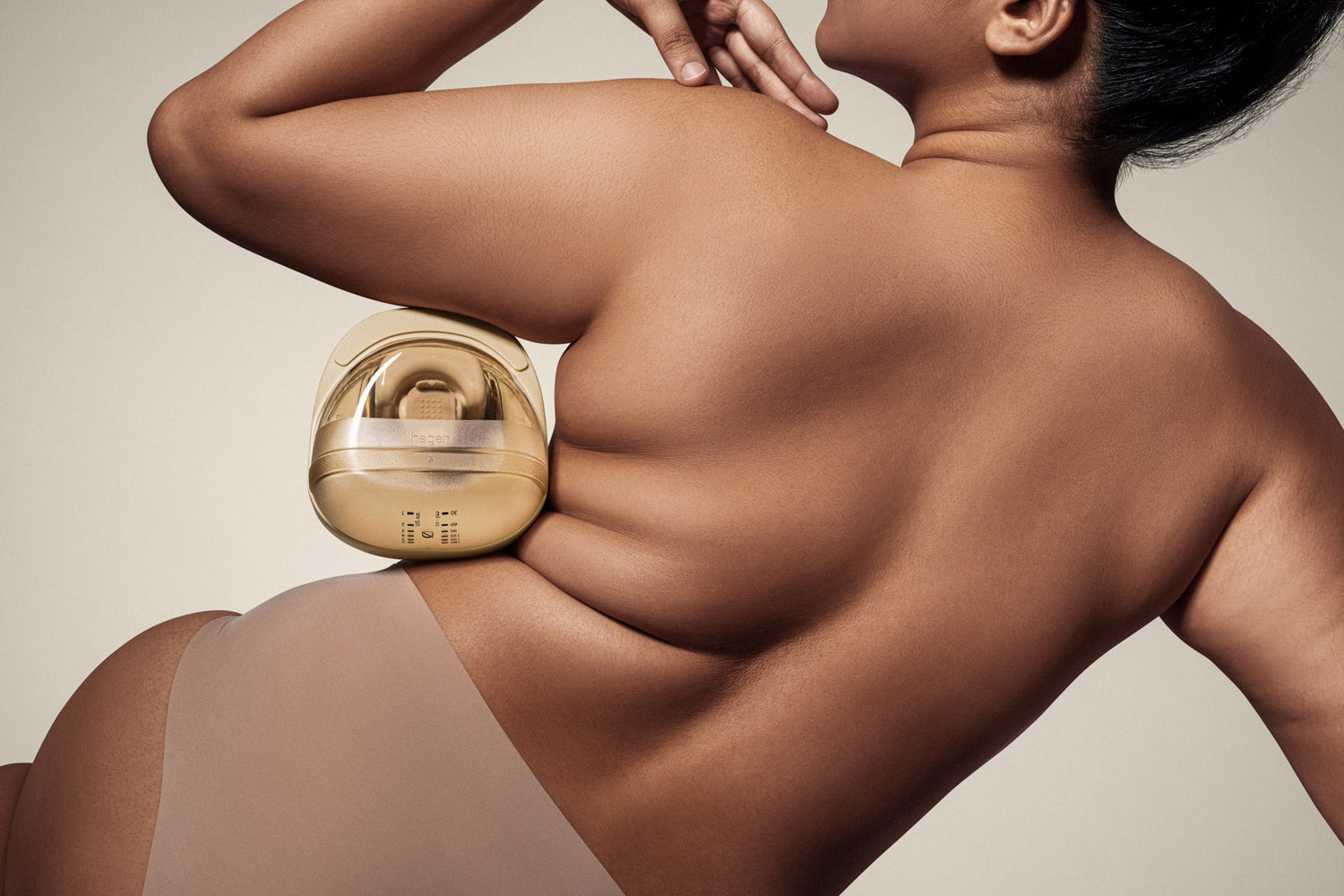For nursing mums who have had things easy, you’re among a lucky few. More often than not, the journey of breastfeeding is fraught with problems for most.
Fortunately, many breastfeeding issues and challenges are so common that there are definitely tried and tested ways to overcome them on your own before having to engage the services of a lactation consultant.
While it is always useful to have their number on hand, here are a few pointers for you to try if ever you come up against the following conditions.
Engorgement
It’s highly likely that all breastfeeding mums will find themselves engorged, even if it doesn’t become a problem per se.
You can easily take preventative measures by applying a warm compress to your breasts before latching time. For your convenience, prepare breastfeeding stations in your home Eg. at your bedside and in the den or living room where you’re likely to be breastfeeding. Make sure you have thermos bottles of hot and cool water, a wash cloth and a small bowl so that you can easily make a compress just before feeding.
Make sure that you drain your milk completely when you’re pumping and feeding. Hegen's Manual Pump has been known to completely clear your breasts! Also, keeping strictly to pumping and feeding schedules will help to minimise engorgement.
Sometimes despite the best laid plans, you’ll find yourself engorged anyway. Maybe you didn’t make it home in time to pump or baby refuses to drink while out and you don’t have your pump with you.
If you do find yourself engorged, take a warm compress and massage the affected area lightly until it subsides. At the first opportunity, pump out the milk or allow baby to latch on. Some mums have reported that placing cabbage leaves against the engorged breast also helps to reduce swelling; just remember to change the leaves after one to two hours and wash your breasts thoroughly before resuming to pump or feed.
Latching problems
Before you encounter latching issues, do take some time to understand what proper latching is and looks like. This would be covered in your prenatal classes and explained in many good maternity guides and trusted video sources.
Basically, a proper latch should have the baby’s entire mouth open and attached beyond the areola. The suckle should be a movement worked by the baby’s jaws and not the lips alone.
If baby did not manage to latch on properly, take a clean finger and gently sweep it into the baby’s mouth to detach the latch before repositioning and trying again. It may take a few tries before you both get the hang of it.
Sometimes the carry position can help with a successful latch so do try different ways and see which suits you best.
Poor milk supply
Perhaps one of the most feared situations of every ambitious nursing mum is having a low supply of breastmilk for their infant. While there is a variety of factors governing volume of milk supply, there have been scenarios whereby the only solution was to supplement with formula, in order to care for mum’s emotional wellbeing.
So, to cope with the problem of poor milk supply is not just to consider how to prevent or improve the situation but also look at how to respond in a way that is healthy and favourable for both mum and baby.
While there are many beliefs based on anecdotal evidence that certain types of food are connected to increasing milk supply, there is currently no consistent scientific basis for that to be true.
So, it’s best for lactating mums to mainly focus on a regular diet that leans towards wholesome and healthy, eating normal meals and drinking as much as needed (not necessarily a higher intake than what they are used to).
A regular schedule of pumping and feeding does help to ensure a more regular and consistent flow, which helps with milk supply. Of course, maintaining low stress levels and not getting too hung up on the amount of milk is what can help with a higher chance of success.
Nipple confusion
One of the main assumptions is that babies who are given the bottle at an early age might get nipple confusion and reject the breast. This could then mean that mum and baby are deprived of the benefits of direct latching, including parental bonding as well as the release of hormones that help with postnatal recovery.
Thus, a preventative measure to avoid nipple confusion would be to breastfeed baby exclusively for as long as possible and as soon as possible after birth. Do make this point known to your doctor and nurses in your birth plan.
Unfortunately, not all mothers are lucky enough to be able to keep up with exclusive direct latching. Some, due to their method of delivery (and complications if any) are not able to feed immediately after birth, say if they had to have an emergency caesarean or if baby is a premie.
In such situations, it would be imperative to select a feeding brand that produces teats that help to manage nipple confusion. For instance, Hegen’s teat offering come with a variety of options to control flow – from extra slow to fast and even for thick feeds.
Once well-recovered, it’s time to return baby back the boob again as breast is still the best for baby, and also helps mummy rebuild her supply. An early transition back to direct latching will be well-received by your newborn and there shouldn’t be any fear of nipple confusion.
Breastfeeding is almost like a science and can be quite daunting for some new mothers, but with the right help at home and tools to support you, you will be a nursing pro in no time!
PHOTO: Pexels/Dominika Roseclay





